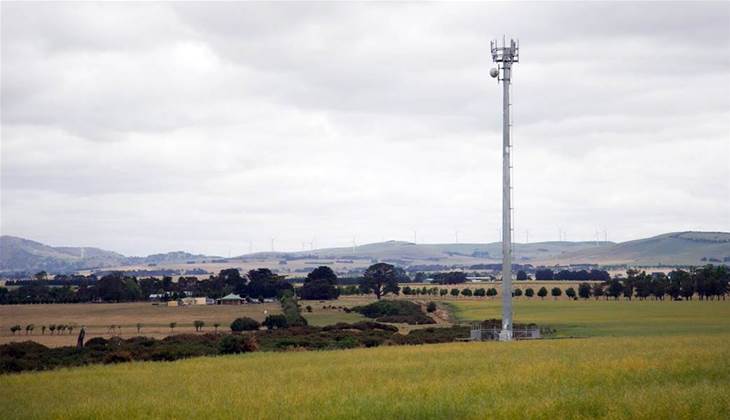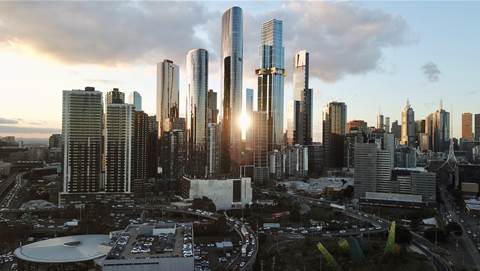NBN Co is considering whether to rein in users clocking up “terabytes” of data usage each month on the fixed wireless network by throttling their services in the evening peak.

CEO Bill Morrow raised the prospect at an NBN joint standing committee hearing in Sydney but cautioned it was simply an idea and in no way a formal “proposition” to solve fixed wireless congestion issues.
The company has been under pressure for much of this year over congestion on its fixed wireless network, particularly over its pursuit of upgrades only when average user performance in a cells dips below 6Mbps.
Morrow said the company had “brainstormed” a number of possible options to reduce pressure on the fixed wireless network.
While throttling heavy users in the busiest part of the day is one option, a longer-term solution could equally be to prevent retail service providers from selling unlimited or multi-terabyte retail plans that encourage above-average usage.
Currently, fixed wireless users are able to buy unlimited plans for as little as $49 a month on the basic 12/1Mbps speed tier, with many more options available for under $80 a month.
“Are [heavier users] paying [the same as] what other people are [who are] using the network for more moderate amounts,” Morrow said.
“That’s an RSP-related issue but I think it’s an important question.”
Morrow said that rate-limiting high quota users was also a possibility that had been raised.
He said that while the average usage across the entire network was around 200GB per user per month, a proportion of fixed wireless users frequently used “terabytes” of data.
He said the number of multi-terabyte users on fixed wireless was “big enough to where if we did ‘groom’ them during the busy time of the day it would be a substantial lift for people” across the fixed wireless footprint.
“The ‘grooming’ could be that during the busy period of the day when these heavy users are impacting the majority, that they actually get throttled back to where they’re taking down whatever everyone else is taking down,” Morrow said.
Outside of that evening peak of 7pm to 11pm, they would still be free to draw down as much data as they wanted to.
“We believe it’s gamers predominantly,” Morrow said when pushed to categorise fixed wireless users with multi-terabyte needs.
“We’re too early on this being an actual proposition. This is a lot of brainstorming. We are saying how can we manage a scarce resource to be able to provide the best service for people in regions served by fixed wireless technology?”
Morrow also noted the need for technical solutions could be negated entirely if NBN Co could reduce its rollout costs elsewhere, freeing capital to pay for fixed wireless upgrades.
Current upgrade works are being paid for out of NBN Co’s income from wholesale services.
“We took profit away from the company - which is modest to begin with - and applied that profit towards the fixed wireless area,” he said.
Morrow alluded to the need to make the company’s existing economics work as weighing on its ability to turn the fixed wireless network around.
“As this pressure [from fixed wireless congestion] has come up, [we] have this cap in terms of keeping this business model together,” he said.
“Even how we can reduce cost in the rest of the network to be able to - rather than make more profit, if we can save in other areas then we can invest in these areas to give them a better service [is an option].”
Morrow cautioned that at this stage everything was simply an idea. He also said that taking one option - for example, throttling high bandwidth users - would not be enough to solve the congestion problem as a whole.
“I don’t think there’s a silver bullet in all of this,” he said.
Morrow said that one of the difficulties NBN Co faced was that its worldwide peers did not have similar issues, meaning it is having to solve problems for the first time.
“On the fixed wireless what we have seen is a greater level of concurrency so the number of people using it at the exact same time is greater than ever seen on a wireless network before anywhere that we have data from around the world,” he said.
“In addition to that we’re seeing the take-up occur sooner than what was originally estimated, and consumption continues to grow.
“This appetite that people have for data has completely changed the model that was used to determine the level of capacity and service that should be engineered into these networks.”




















